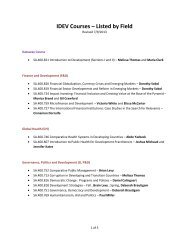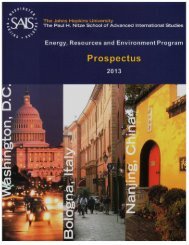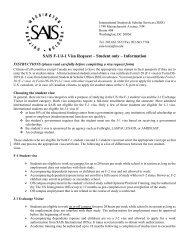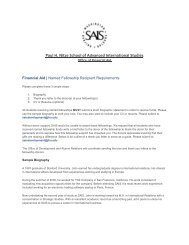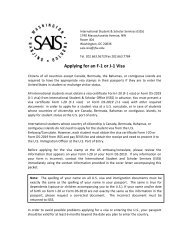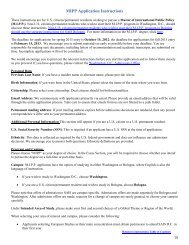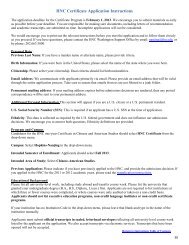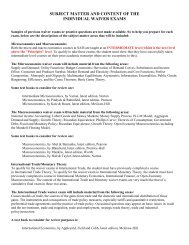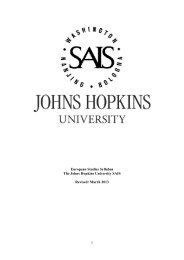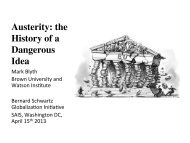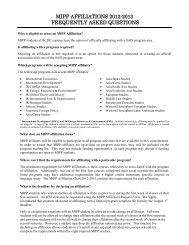Tunisia: Understanding Conflict 2012 - Johns Hopkins School of ...
Tunisia: Understanding Conflict 2012 - Johns Hopkins School of ...
Tunisia: Understanding Conflict 2012 - Johns Hopkins School of ...
You also want an ePaper? Increase the reach of your titles
YUMPU automatically turns print PDFs into web optimized ePapers that Google loves.
proposed goal (as in the previous event <strong>of</strong> similar significance, the post-1993 Sovereign<br />
National Conference in 12 African states), a few Arab states’ finishing the race would<br />
sustain its validity. Here too <strong>Tunisia</strong> stands out, at the (current) end as well as at the<br />
beginning <strong>of</strong> the race: Its progress to date has been exemplary, even assuming all the<br />
vagaries <strong>of</strong> normal politics.<br />
Nothing in the statistics indicates that the intifadat would begin in <strong>Tunisia</strong>.<br />
<strong>Tunisia</strong> has its recently declining economic figures, its predatory privatization, its youth<br />
bulge, its aging and constitution-tampering dictator, its corrupt and arrogant government,<br />
and its precursor strikes and demonstrations, but none <strong>of</strong> this in a quantity that would<br />
single it out from its neighbors. It seems that in the midst <strong>of</strong> this common situation, the<br />
<strong>Tunisia</strong>ns simply had enough—ras le bol—as they say in the French idiom, and the well<br />
publicized self-immolation <strong>of</strong> a typical underemployed, insulted youth on 17 December<br />
2010 made the bowl overflow.<br />
<strong>Tunisia</strong> had its experience <strong>of</strong> popular explosions—in the mid-1950s leading to<br />
independence in 1956, in 1978 over government attempts to control the General Union <strong>of</strong><br />
<strong>Tunisia</strong>n Workers (UGTT), in 1984 over structural adjustment bread price rises and<br />
conspicuous consumption—and its Islamist-associated violence crushed by the regimes<br />
<strong>of</strong> founding Leader Habib Bourguiba and his successor who ousted him in 1987, Zine El<br />
Abidine Ben Ali. The resulting quarter-century <strong>of</strong> repressive corruption may not have<br />
been the worst <strong>of</strong> the Arab World, but it was enough to set <strong>of</strong>f a popular reaction that<br />
swept the country from the rural interior to the urban coast and gave an inspiration to<br />
similar populations in Egypt, Yemen, Syria, Bahrain, and, better contained, in Morocco,<br />
Jordan, and Kuwait.<br />
In its intifada, however, <strong>Tunisia</strong> has other characteristics that set it on its<br />
exemplary path. First was a tradition <strong>of</strong> constitutionalism as the first Arab country to<br />
have its own constitution, in 1861. Second, was a group <strong>of</strong> politicians who were willing<br />
to negotiate themselves out <strong>of</strong> power after the autocrat had left, providing gradual,<br />
constitutional steps to a new order. Third, was a small, apolitical army dedicated to<br />
external security alone and refusing orders to shoot on its own populace. And fourth was<br />
2



